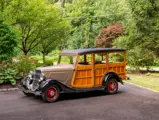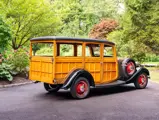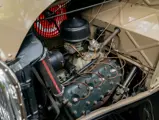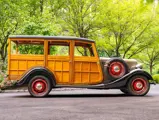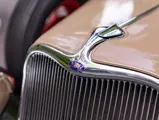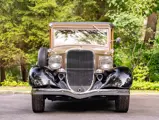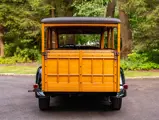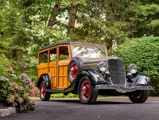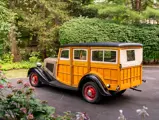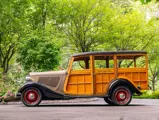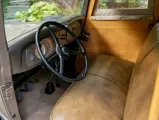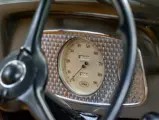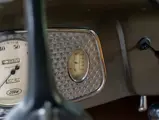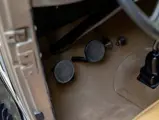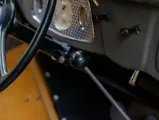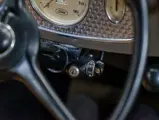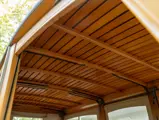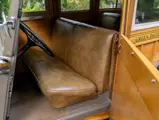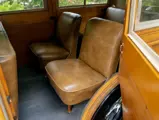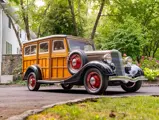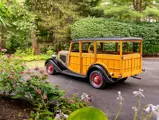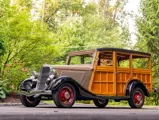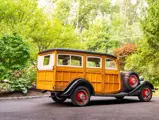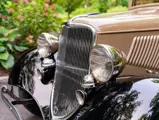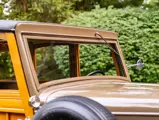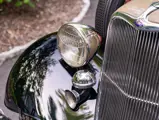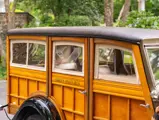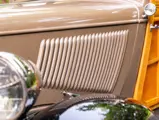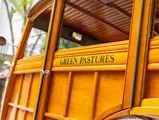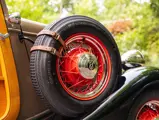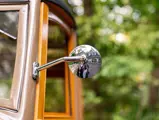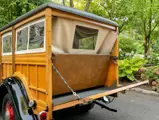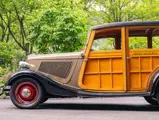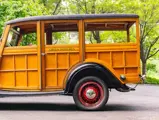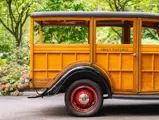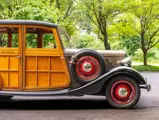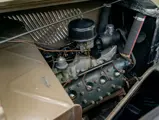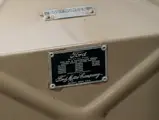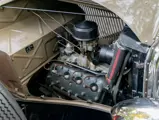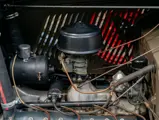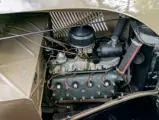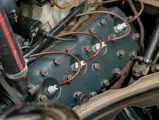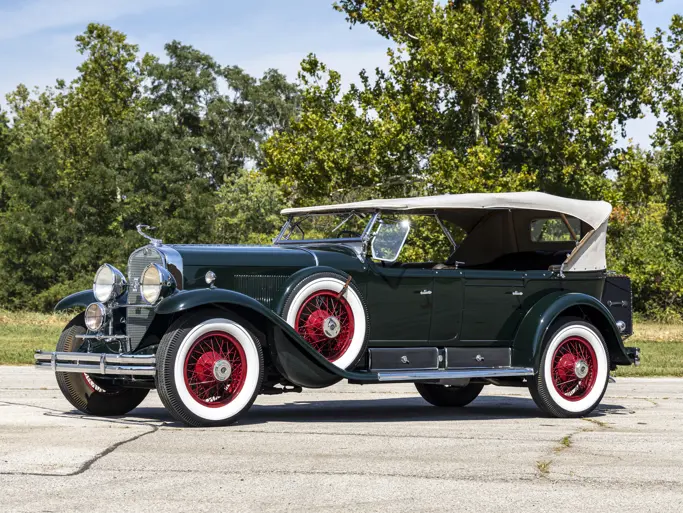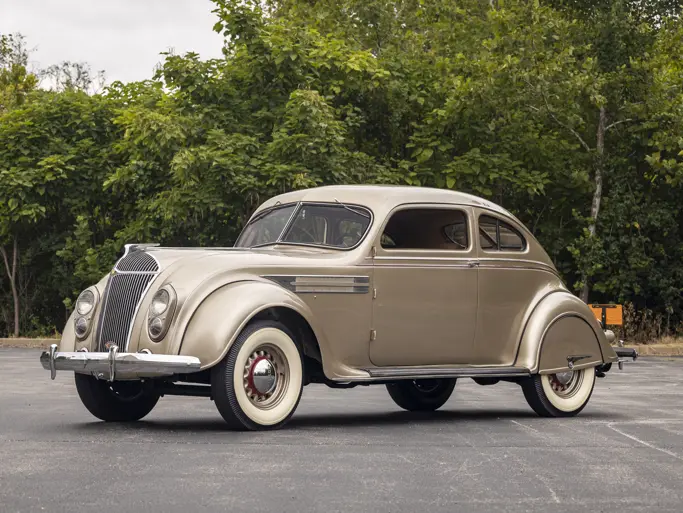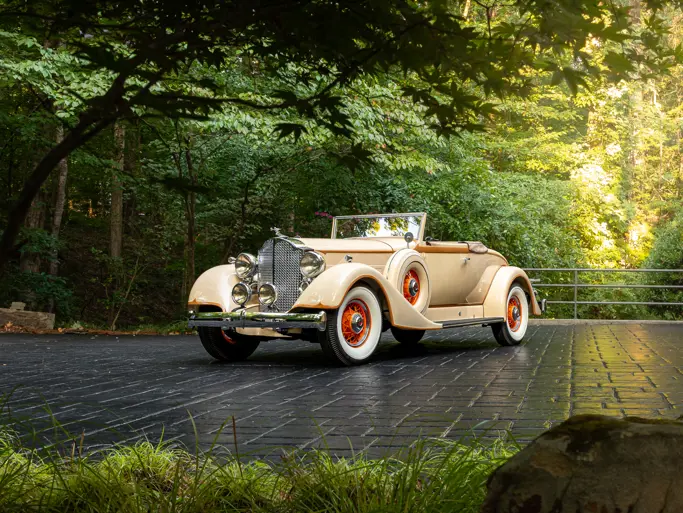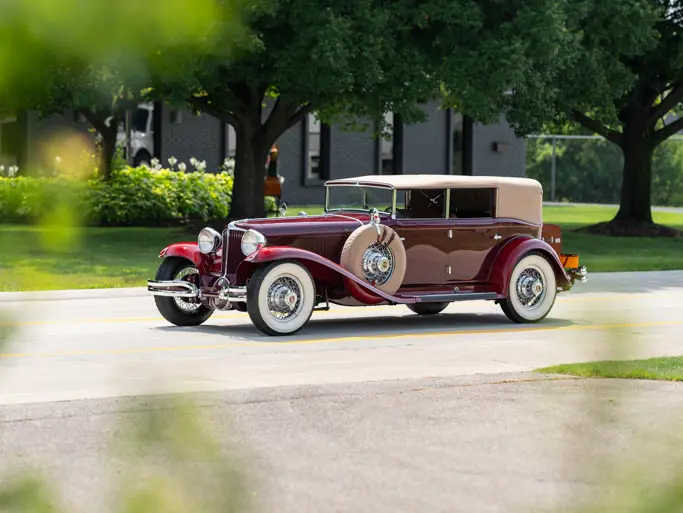Hershey 2024
1933 Ford V-8 Station Wagon
The Sportsman Collection
{{lr.item.text}}
$40,000 - $60,000 USD | Offered Without Reserve
 | Hershey, Pennsylvania
| Hershey, Pennsylvania
{{internetCurrentBid}}
{{internetTimeLeft}}

- Highly desirable 1933 styling with flathead V-8 performance
- Well-preserved and benefitting from an older restoration
- 75-hp 221-cu.-in. flathead V-8, three-speed manual transmission, and four-wheel mechanical brakes
- Accompanied by removable side curtains and original set of five wire wheels
Henry Ford had the foresight and the capital to purchase the town of Pequaming in Michigan’s Upper Peninsula, and along with it the surrounding half million acres of forest. From these forests came the maple frames and birch paneling needed for Ford’s new station wagon. Ford opened his own Iron Mountain sawmills around 1922 under the Michigan Land, Lumber and Iron Company in the Menominee River Valley.
At first, Iron Mountain’s mills turned out raw lumber. Then woodworkers made components, which were shipped to Briggs Manufacturing Company and Murray Corporation of America in Detroit and later to Raulang in Cleveland, Ohio for assembly. This changed when Ford opened his own station wagon assembly line in the fall of 1936 at Iron Mountain.
Only 1,654 of the V-8-powerd Deluxe Station Wagons were built for the 1933 model year, priced at $640. The boxy, upright styling of 1932 gave way to a more streamlined and swept-back look, with a pronounced rake in the windshield. Murray, responsible for the Ford wagon body, redesigned the model’s exterior with wider front doors and a sloping A-pillar. The wood body sections were constructed of maple with a matching rubberized canvas top over the cab.
Streamlined styling began in 1933, progressing even further with bodies that were longer and wider, featuring new grilles and 16-inch wheels. The design, credited to Phil Wright at Briggs, is considered one of the most desirable standard production models of the thirties. The cast iron flathead V-8 was a tremendous value for the money; offering 75-horsepower from its 221 cubic inches in 1933. A three-speed manual transmission was mated to the engine and four-wheel mechanical brakes were fitted to the chassis.
This wagon, first built in August 1933, is a well-preserved original vehicle restored in the 1980s. It was previously owned by Green Acres, a New England children’s camp. Historical records and pictures from this time in the car’s history, along with a handful of photos taken during restoration, are included in the sale. The car is fitted with later-model Ford wheels painted red and shod with bright trim rings and hub caps. An original set of wire wheels and tires accompany the sale. Finished in tan with black fenders and a brown interior—one of the two combinations offered for 1933—this wagon includes a third-row seat, passenger-side mounted spare, cowl lights, and a full set of removable side curtains.

